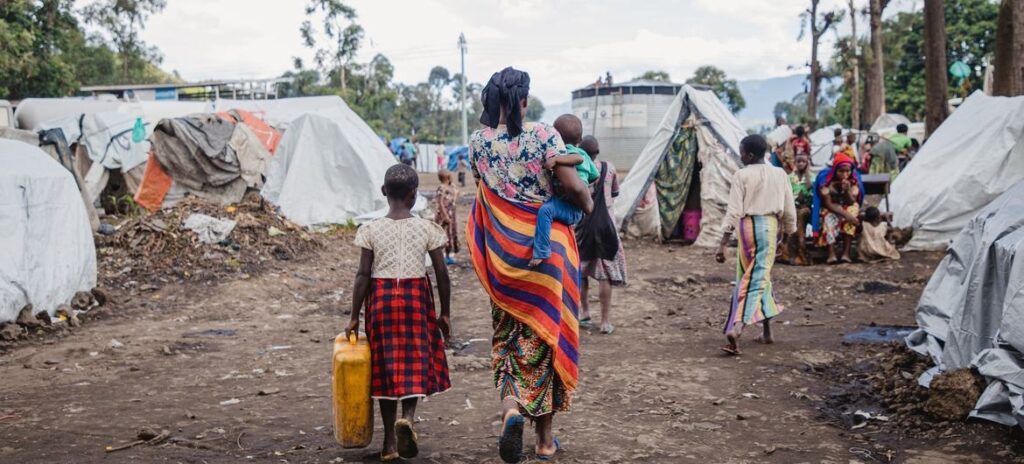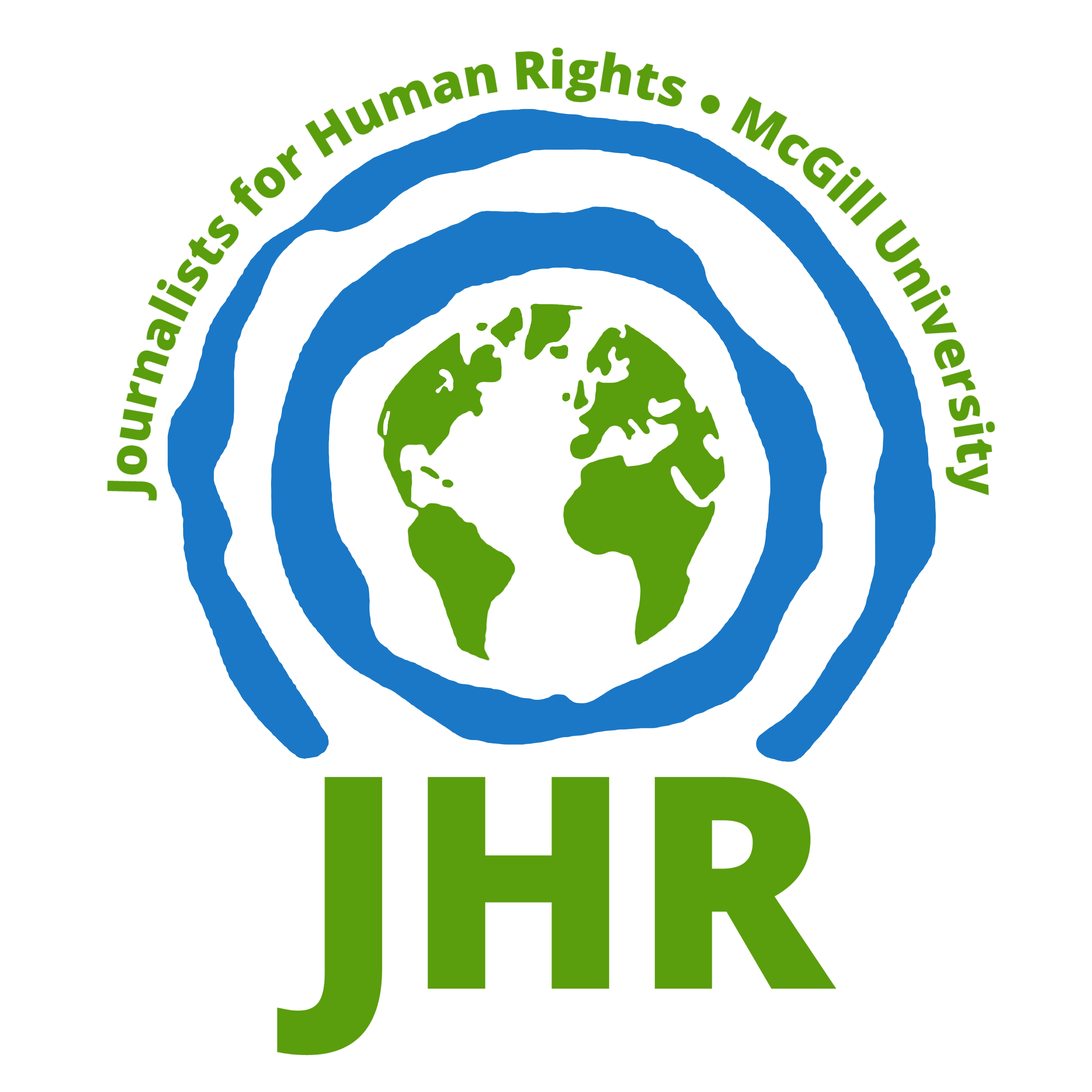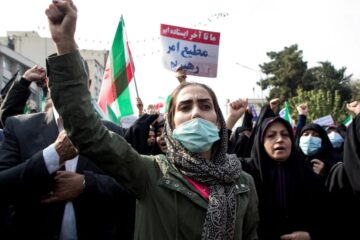In 2010, Margot Wallström, the United Nations Secretary General’s Special Representative on Sexual Violence in Conflict, called the Democratic Republic of the Congo (DRC) “the rape capital of the world’’. The DRC stands as one of the most striking examples of the use of sexual violence in conflict. Wallström went on to describe it as “the most dangerous place on earth to be a woman’’. The use of rape as a weapon of war in the DRC has been pervasive and out of control with, according to a Physicians for Human Rights (PHR) report, over 113,000 sexual violence cases in 2023. The following year, in 2024, conflicted related cases doubled.
The DRC has been affected by armed conflict ever since it gained independence from Belgium in 1960. However, much of the modern conflict in the country stems from the aftermath of the 1994 Rwandan Genocide, with fighting erupting along the DRC–Rwanda border, where Rwandan Hutu militias—who had fled into Congo when Tutsi forces took control of the Rwandan government—were launching attacks back into Rwanda and clashing with its Tutsi-led military. Rwanda responded by invading the DRC and removing dictator Mobutu Sese Seko from power.
The escalating conflict between the two countries and their respective allies and rebel groups triggered the Second Congo War, known as “Africa’s World War,”. Nine countries and approximately twenty-five rebel groups became involved.
Although the 2003 Sun City Agreement officially ended the Second Congo War, violence in the DRC still continues today: “More than 120 militias and armed groups actively operate in Ituri, North Kivu, South Kivu and Tanganyika provinces, many of whom regularly perpetrate widespread violations and abuses against civilians that may amount to crimes against humanity and war crimes” affirms a report published by the Global Centre for the Responsibility to Protect in July 2025. These militias fight for control of mineral-rich zones, smuggling routes, and territory.
Inherent to the conflict has been the emergence of sexual violence, placing victims in a state of extreme vulnerability and dehumanization, inflicting deep psychological and physical trauma.
The vast majority of sexual violence vicitms in the DRC are women and girls, although men and boys are also targeted. In 2023, Médecins Sans Frontières (MSF) treated 25,166 survivors of sexual violence across the country, 98% of whom were women and girls. MSF also reports that “one in ten survivors treated by MSF in 2023 were minors“.
Armelle Gbagbo, who runs women’s health activities for MSF explained :
According to “Women’s Bodies as a Battleground“, an older report focusing on the years 1996-2003 in the South Kivu region, researchers found four main forms of rape in the conflict. The study based on interviews with survivors, health workers, activists and even members of armed rebel groups, identified the following:
- individual rape, “where a single perpetrator rapes a single victim“
- gang rape, where a victim is raped by ‘’at least two attackers, either one after the other or simultaneously’’
- forced rape between victims, where ‘’the attackers would force members of the same family to have incestuous sexual relations with each other: between mother and son, father and daughter, brother and sister, aunt and nephew. Families were also forced to watch the gang rape of one of their members, usually the mother or sisters. They were then made to dance naked, to applaud, and to sing obscene songs, while the rape was going on. Likewise, sons were forced to hold their mother or sister to prevent them struggling while they were being raped.’’
- and lastly rape involving the insertion of objects into the victim’s genitals, where ‘’The objects mentioned as having been used were sticks, bottles, green bananas, pestles coated in chilli pepper and rifle barrels.’’
Although rape is explicitly prohibited under international law and classified as a war crime under Article 8(2)(b)(xxii) of the ICC’s Elements of Crimes, it continues unabated in the DRC, where victims are systematically terrorized. The testimonies and data discussed in this article not only show the brutalities of these attacks but also the failures of state and international actors to address this humanitarian crisis.
Edited by Lauren Avis and Norah Nehme.





